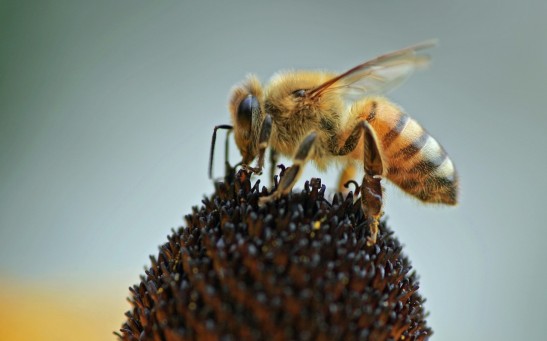honeybees
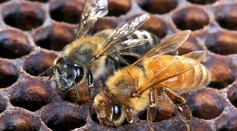
Honeybee Study Reveals How Genetics Affect Their Preferred Climate
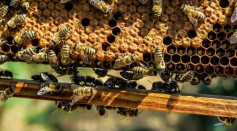
Honeybee Venom Can Kill Aggressive Breast Cancer Cells Without Damaging Healthy Cells
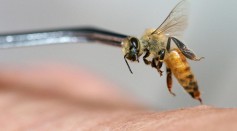
Have You Heard of Bee Venom Therapy? Check This Out!
New Study Traces the African Carder Bee in Western Australia

US Crop Yield in Decline Due to the Lack of Pollinators
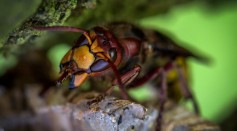
To Stop the Spread of Asian Giant Murder Hornets, Scientists Race Against Time
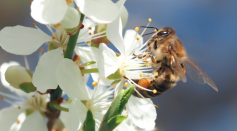
Industrial Agriculture Has Been Blamed for the Insect Apocalypse, yet Scientists Say Insect Populations Continue to Thrive
Survey Shows Last Year as the Largest Loss of Honeybees Ever Recorded
Creating an Excellent Blueberry Crop Requires Bees
U.S, Second Lady Pence Installs Beehive in Vice Presidential Residence to Increase Bee Population in D.C.
Cheerios Is Giving Away Free Seeds To Help The Bees: Complaints Came Questioning The Seeds
Overuse Of Antibiotics, Big Threat For Bees & Humans
Neonicotinoids Found Harmful To Honeybees
Plans from DC Seek to Help Disappearing Bee Species
Most Popular

How Technology Is Changing the Real Estate Industry?

How a Plant-Based Diet Can Protect Against Breast Cancer: Insights from Nutrition Research

Study Reveals High Turnover in Scientific Research Careers: What This Means for Future Scientists

Why It's So Difficult to Lose Weight: The Biological Explanation Behind Obesity

